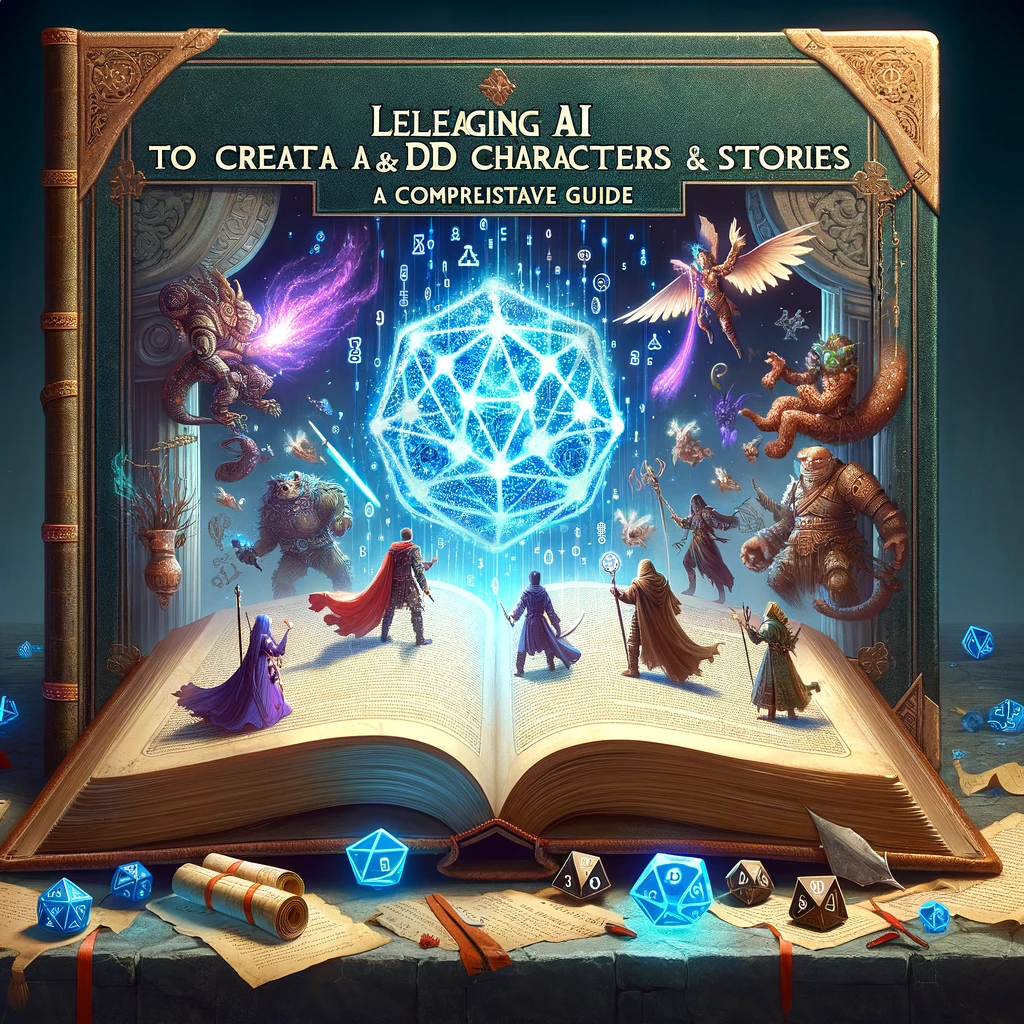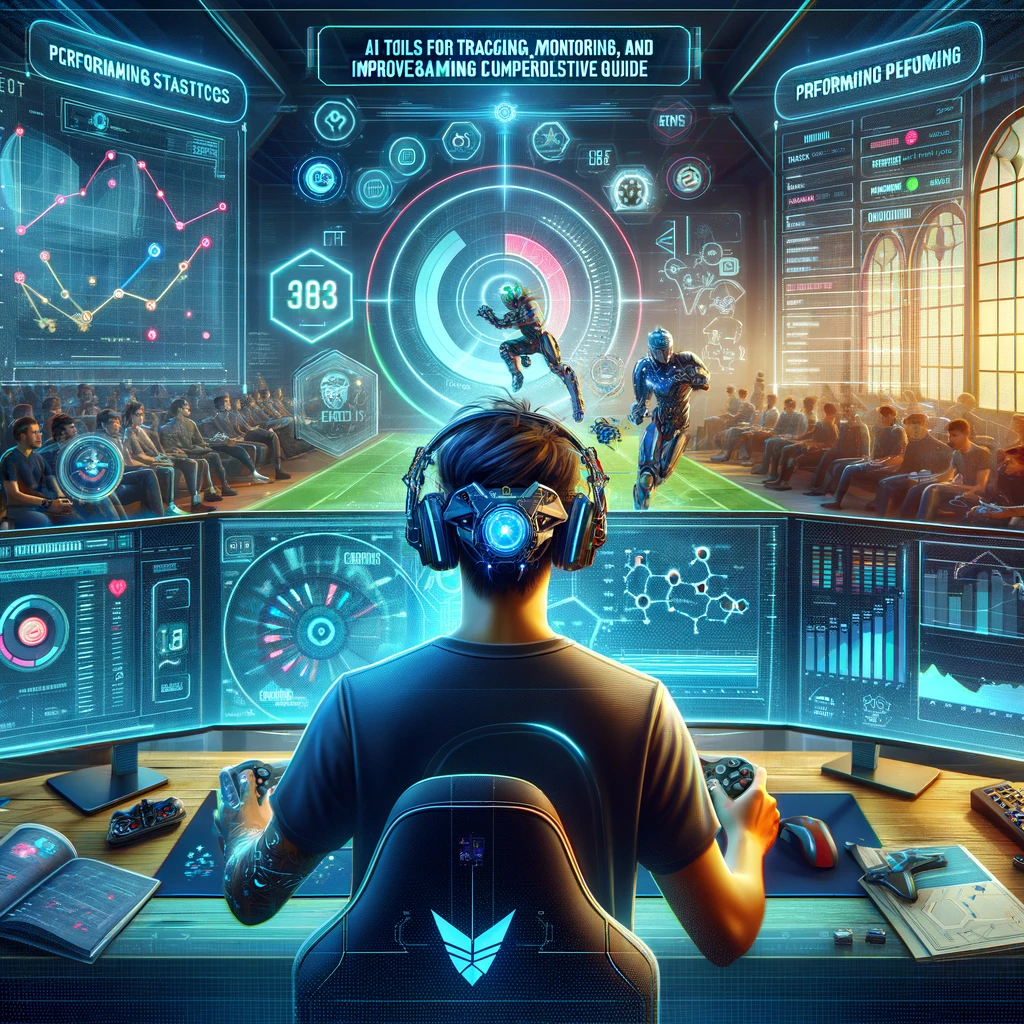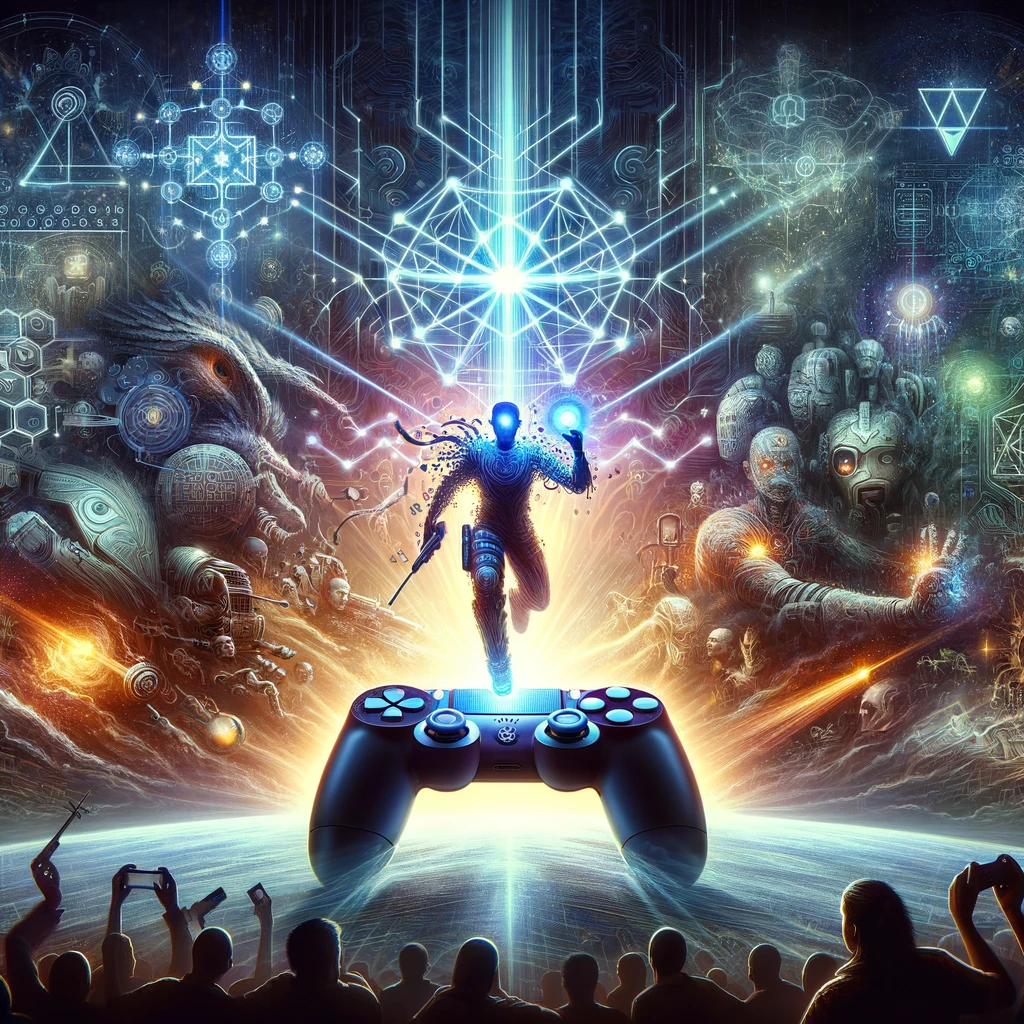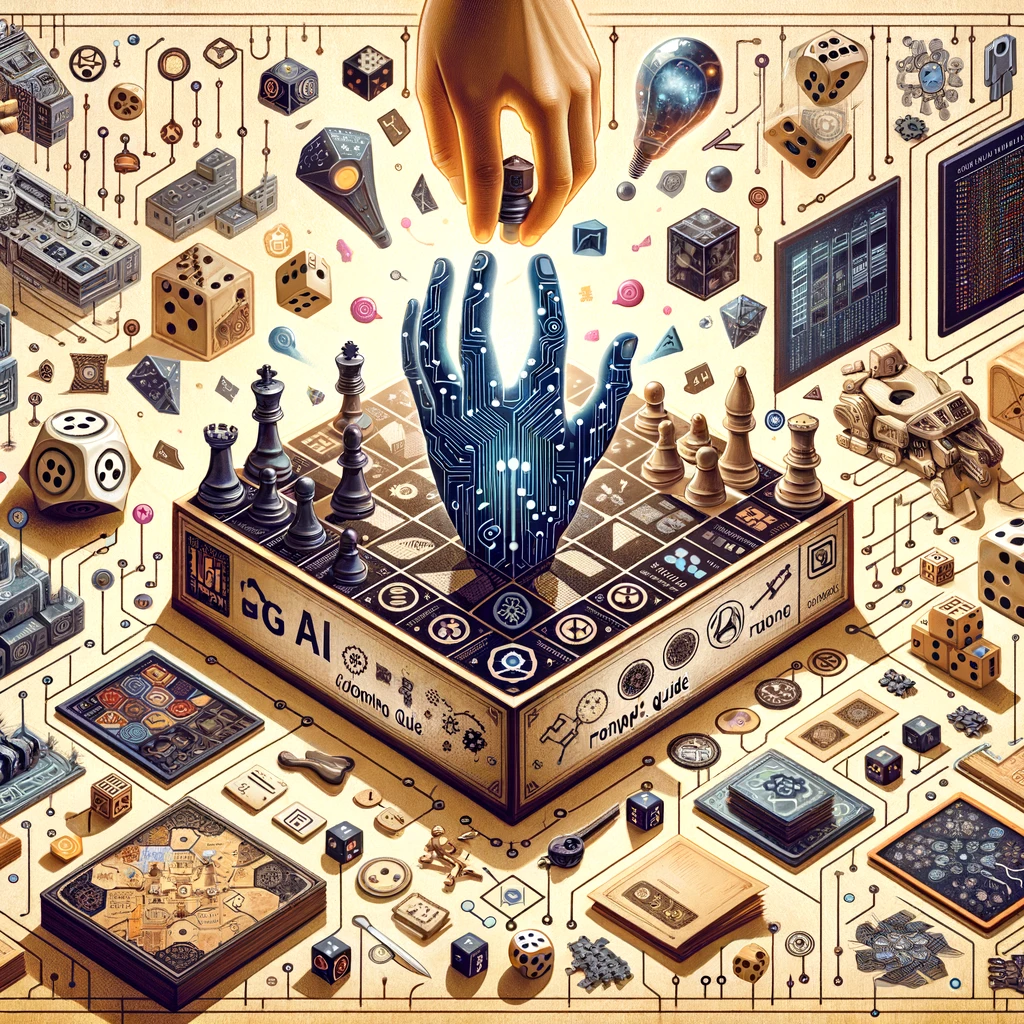Welcome to SunshineL3mon! Today, we’re exploring how to use AI to enhance your Dungeons & Dragons (D&D) experience. Whether you’re a Dungeon Master (DM) or a player, AI can be a powerful tool in creating compelling characters and enriching your storytelling. Let’s dive into a step-by-step guide with detailed explanations and examples.
Understanding AI in D&D Character and Story Creation
AI can generate diverse and intricate characters, plot ideas, and even whole settings. It can assist in developing backstories, character traits, and plot twists, making the D&D experience more immersive.
Step 1: Defining Character Basics
Start with a Concept: Decide on the basic elements of your character, like race, class, and background.
AI Prompt Example: “Generate a character concept for a high elf wizard with a mysterious past.”
Step 2: Fleshing Out Characters
Developing Personality Traits: Use AI to add depth to your character’s personality, motivations, and flaws.
AI Prompt Example: “Create a list of unique personality traits and motivations for a rogue who was once a noble.”
Step 3: Creating Backstories
Backstory Generation: AI can craft elaborate and coherent backstories for characters, adding layers to their persona.
AI Prompt Example: “Write a detailed backstory for a dwarf paladin who turned from blacksmithing to adventuring after their village was destroyed.”
Step 4: Plot and Adventure Development
Storyline Ideas: AI can suggest plot ideas or campaign starters based on specific themes or settings.
AI Prompt Example: “Suggest an adventure plot for a party that includes a gnome bard, a human ranger, and an orc barbarian.”
Step 5: World-Building
Setting Creation: Use AI to generate unique worlds, cities, or dungeons, complete with descriptions.
AI Prompt Example: “Describe a magical city hidden inside an ancient, giant tree and list its key features.”
Step 6: Dialogue and Interaction
Character Dialogue: AI can help create dialogue for NPCs or character interactions, enhancing role-playing aspects.
AI Prompt Example: “Generate a conversation between a cunning merchant and the player characters trying to buy a rare artifact.”
Step 7: Encounter and Challenge Design
Crafting Encounters: AI can propose encounter ideas, including enemies, terrain challenges, and puzzles.
AI Prompt Example: “Design an encounter for a mid-level party in a haunted forest, including potential traps and enemies.”
Step 8: Ethical Use and Originality
Ensure Authenticity: While AI can provide a foundation, customize the outputs to ensure your game remains original and personal.
Respect Intellectual Property: Be aware of copyright issues, especially if using AI-generated content from existing D&D material.
Step 9: Integrating AI Creations into Gameplay
Blending with Traditional Methods: Combine AI-generated content with your own ideas and traditional D&D resources for a balanced and engaging gameplay experience.
Adaptation and Flexibility: Be ready to adapt AI suggestions to fit the flow of your game and the choices of your players.
Conclusion
AI offers a plethora of tools and ideas for D&D enthusiasts, enhancing the creative process of character and story creation. By guiding AI with specific prompts and blending its outputs with your own creativity, you can craft truly unique and engaging D&D experiences.
For more insights into the fusion of AI and tabletop gaming, stay connected with SunshineL3mon.
Embrace AI as a creative partner in your next D&D adventure!









Leave a Reply